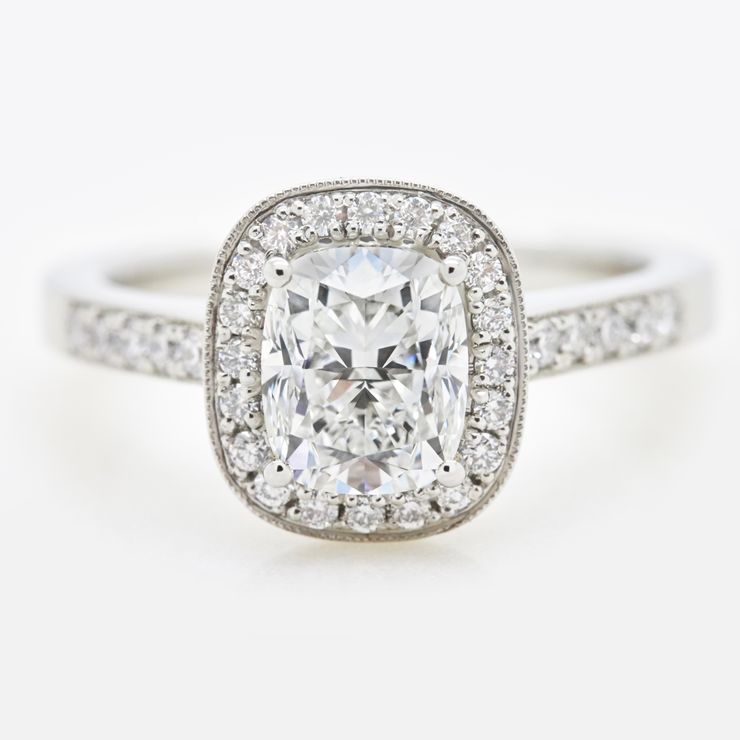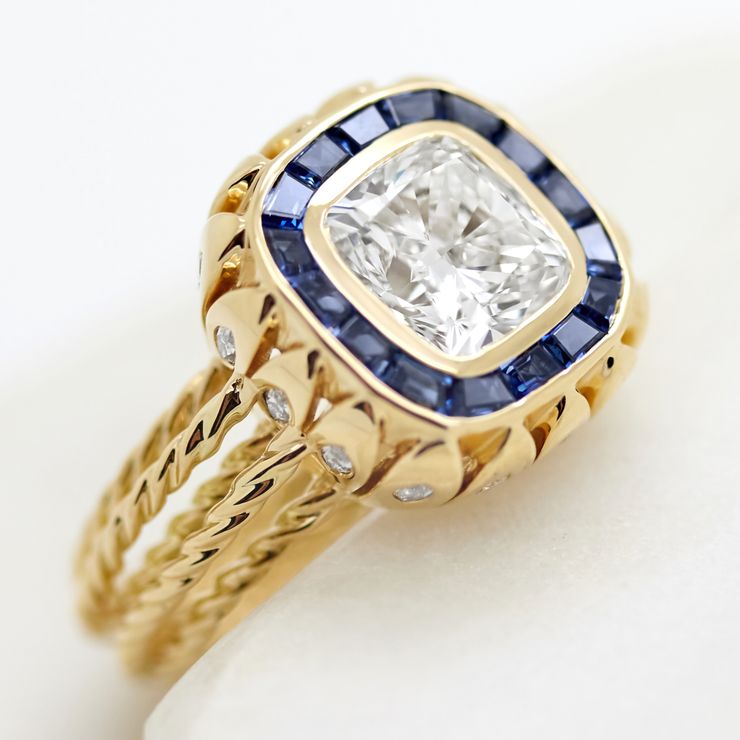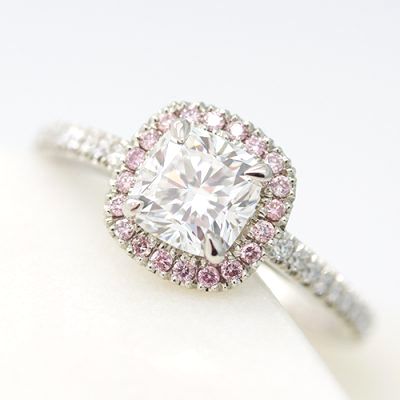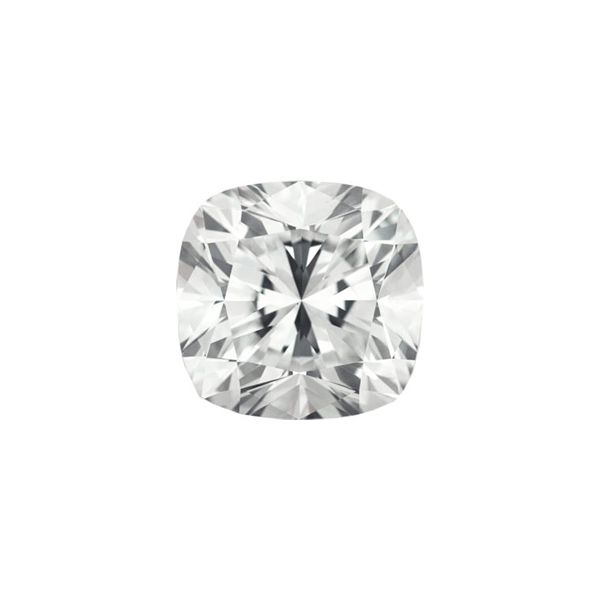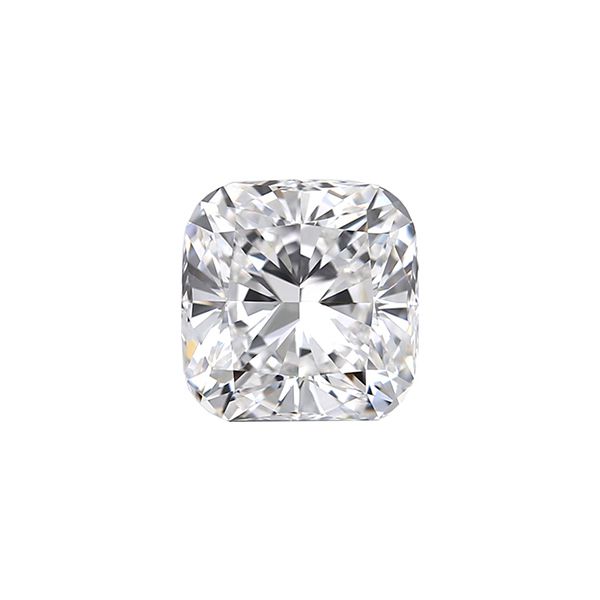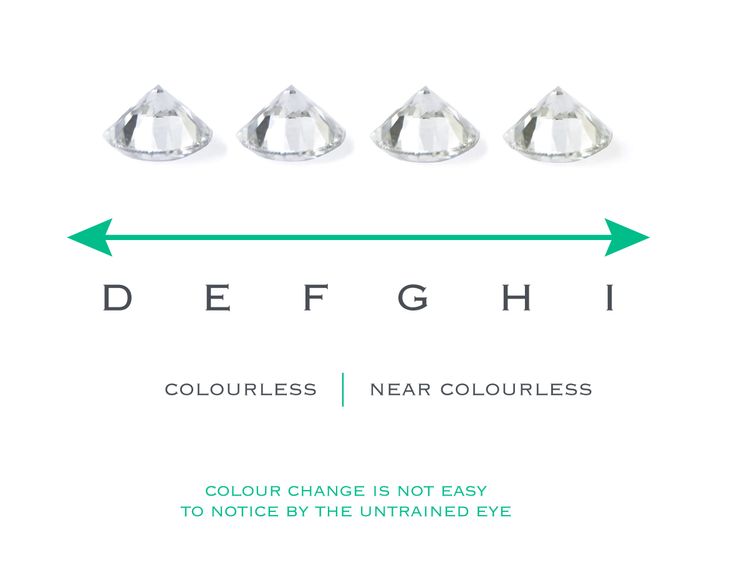Cushion brilliant cut diamonds have a faceting structure, very similar to round brilliant cut diamonds, which makes them so desirable. The facets in the pavilion of the diamond extend out from the centre of the diamond towards the edge of the diamond, also known as the girdle. This facet arrangement results in an almost, star-like sparkling effect on the diamond.
Cushion
A cushion cut diamond was the favoured diamond shape until the early 20th century, but its classic look has resurfaced in recent years, becoming one of the most popular shapes for engagement rings. The Hope Diamond–one of the world’s most famous diamonds–is a 45.54ct cushion cut.
